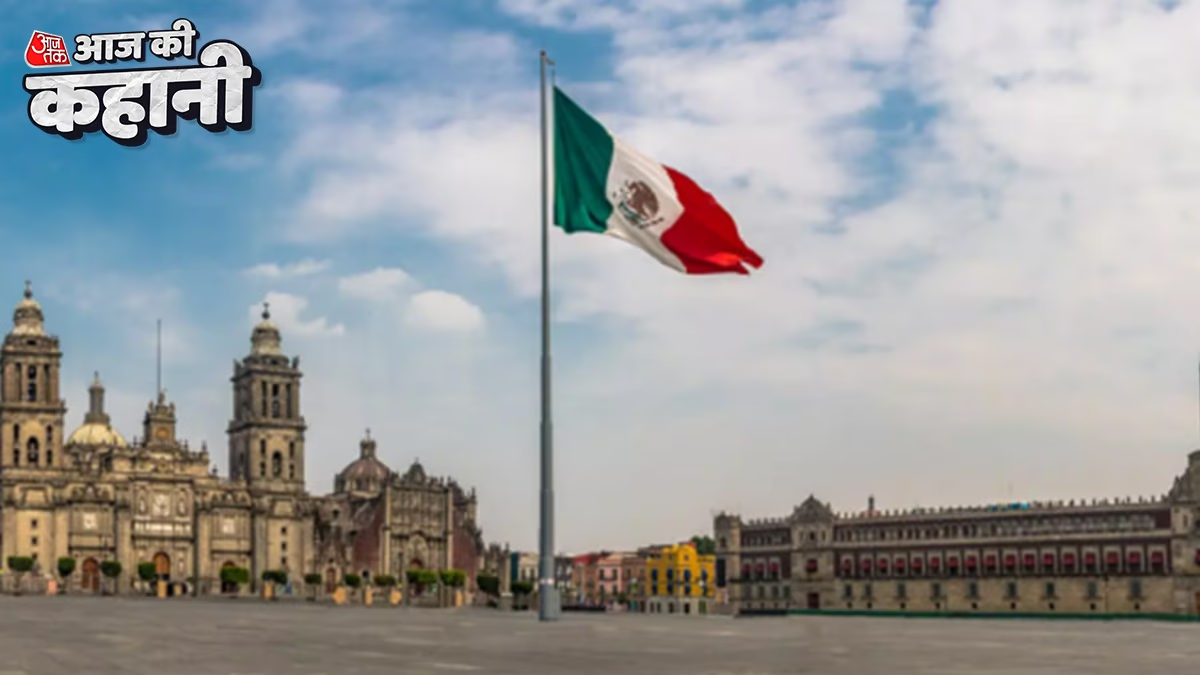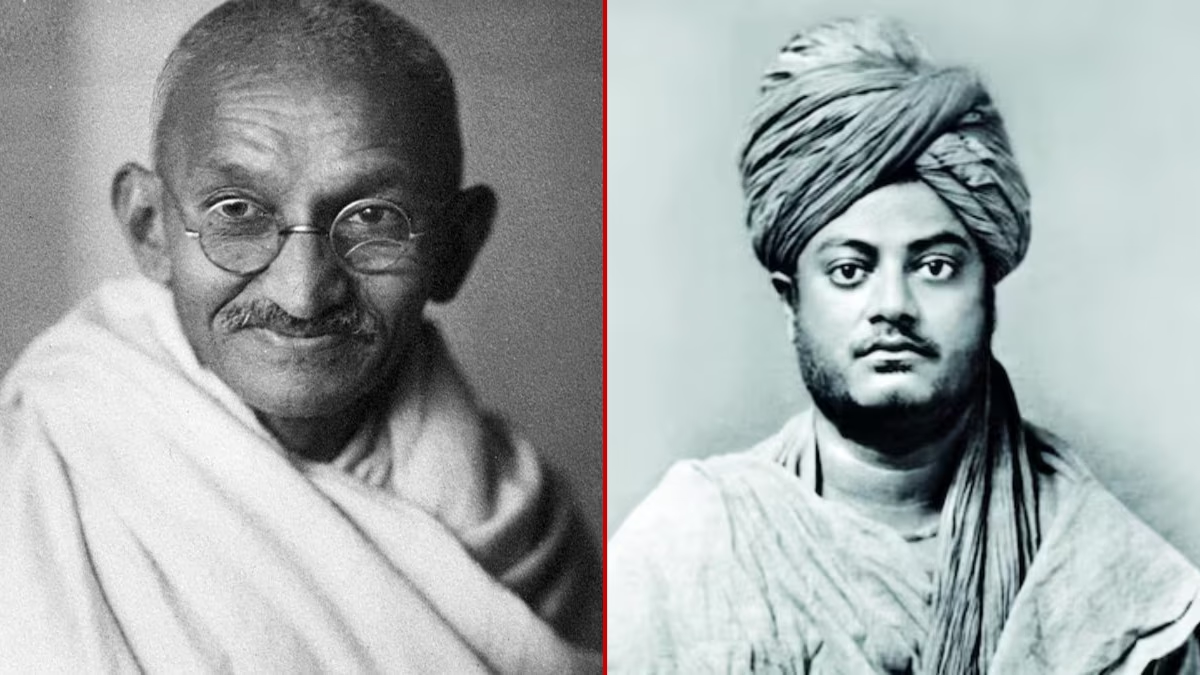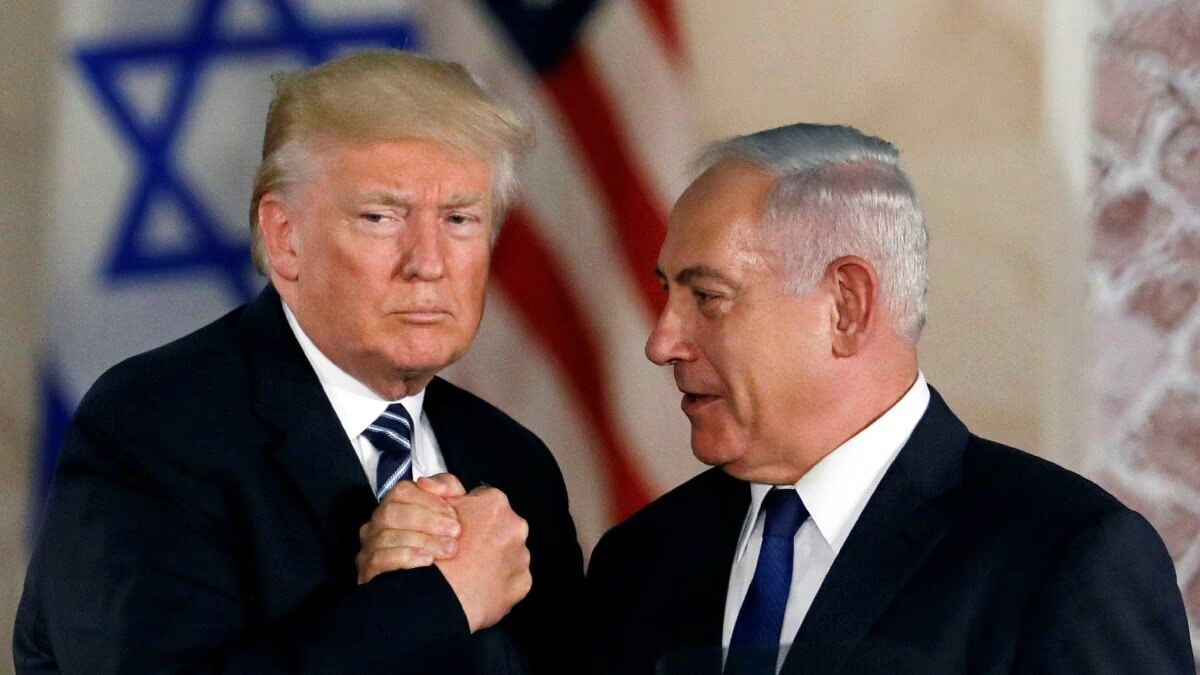Today is September 16, the 260th day of the year according to the Gregorian calendar. There are still 106 days left in the year. Many events are tied to this date, making it special. Let's explore some historical events that took place on this day.
September 16 is celebrated as Independence Day in Mexico. Although Mexico did not gain independence on this day, it marks the start of the independence movement. Mexico gained freedom from Spain on September 27, 1821. So why do Mexicans celebrate on September 16? The reason is fascinating and continues to inspire people.
Mexican Independence Movement Began on September 16
Mexico achieved independence from Spain after a long struggle. The movement started 12 years before freedom was won, led by a determined priest named Miguel Hidalgo y Costilla, who on September 16, 1810, declared a revolt against the Spanish colonial government.
Independence Achieved on September 27, 1821
Father Hidalgo gave his famous 'Grito de Dolores' or Cry of Dolores in the town of Dolores on September 16, 1810. His powerful call united the people for a significant movement. Although Mexico didn’t achieve full independence until 1821, this event remains so crucial that Mexico celebrates its Independence Day every year on September 16.
Before Independence, Mexico Was Known as New Spain
Celebrated as the first day of the Mexican War of Independence, September 16 is honored. Spain ruled Mexico for nearly 300 years, and it was known as New Spain before independence. After gaining freedom, it was renamed the Mexican Empire, and two years later, in 1824, it became the Mexican Republic, known simply as Mexico.
Formation of the Name 'Mexico'
After achieving independence, Mexico established the Mexican Federal Constitution in 1824, setting it up as the United Mexican States. Slavery was declared illegal. Every year, on the eve of Independence Day, the Grito is reenacted from the balcony of the National Palace in Mexico City, using the same bell Father Hidalgo rang in 1810.
After World War II, Papua New Guinea was under Australian rule. Local demands for self-governance grew by 1970. Australia’s Prime Minister, Gough Whitlam, visited Papua New Guinea and by 1973, self-governance was established under Michael Somare. The Papua New Guinea Independence Act was passed in 1975, and the country was declared independent on September 16, 1975.
Ozone Day on September 16
September 16 is also celebrated as Ozone Day. The ozone layer is vital for protecting the Earth from harmful ultraviolet rays. To preserve this layer, the United Nations implemented the Montreal Protocol on September 16, 1987, marking this day as Ozone Day annually.
Malaysia was formed on September 16, 1963, through the union of North Borneo, Sarawak, and former British colonies with the Federation of Malaya. Singapore also gained independence from British rule on this day and joined Malaysia, although it became a separate country two years later.
Other Significant Events:
On September 16, 1916, India’s music legend, Bharat Ratna MS Subbulakshmi, was born. She made an unparalleled contribution to the field of music.
September 16, 1886, marks the birth of Shyamlal Gupta, who composed the patriotic song “Vijayi Vishwa Tiranga Pyara” in Kanpur, Uttar Pradesh.
Norwegian explorer Roald Amundsen discovered the Magnetic South Pole on September 16, 1906.




